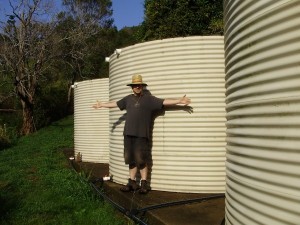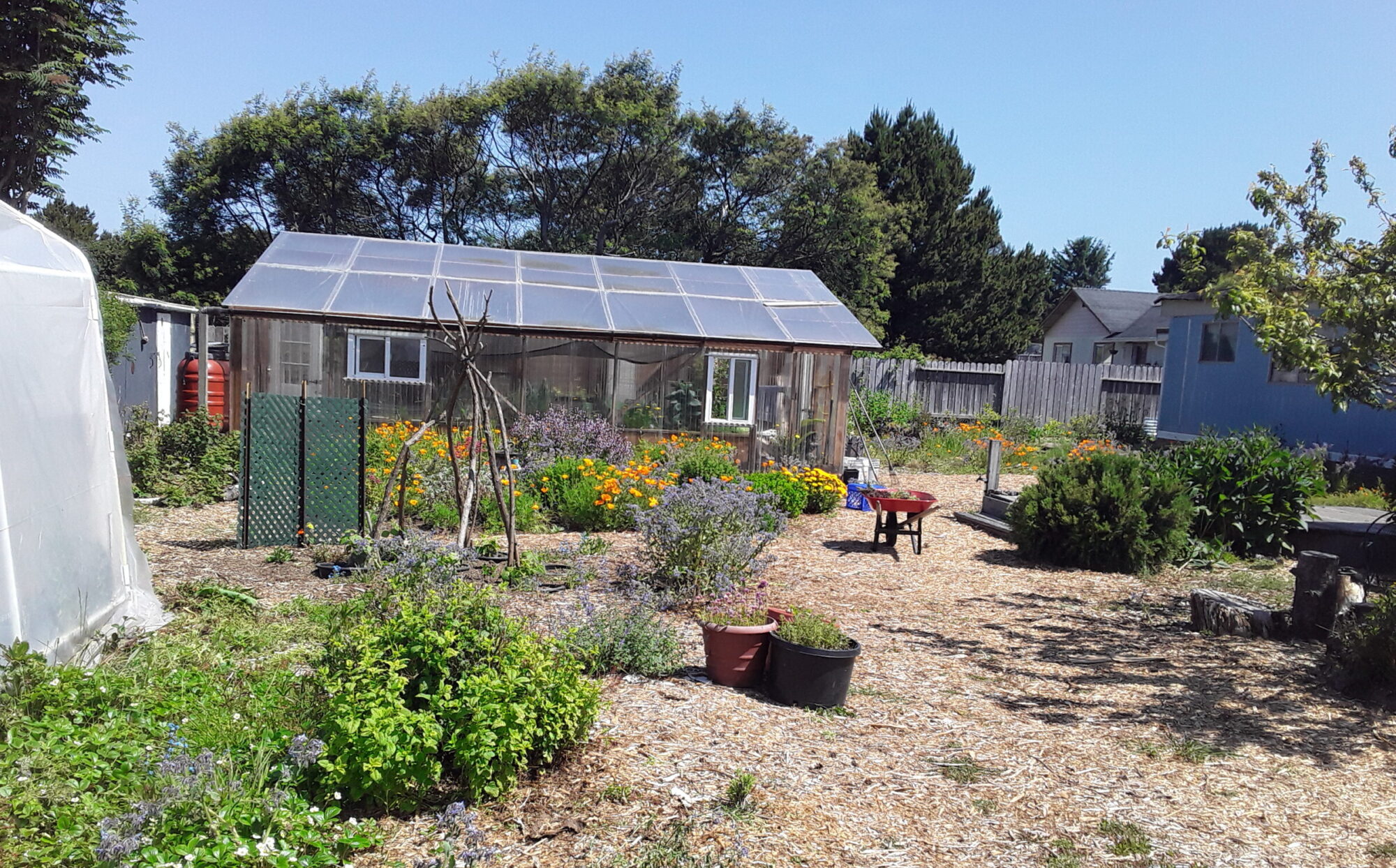OPENERS:
1. When did you first hear the word “permaculture” and what was your initial impression?
2. What ecosystem is nearest to where you live?

Permaculture: Living in an Ecosystem
By Steven Saint Thomas
I’d heard the word “permaculture” many times during my decades in the environmental movement, but I never really knew what it was. Something good, was my impression. Maybe something to do with farming.
Finally I became good friends with Colorado permaculturist Becky Elder and was invited to take a Permaculture Design Course. After spending one weekend a month for eight months hearing lectures, visiting permaculture sites and working with a team to design a real-life property, I’m still trying to get my head around this system we call permaculture.
One way I’d describe permaculture is designing human habitat as if our homes, neighborhoods and communities were part of an ecosystem.
This is not how urbanites think or live. The city is a world apart from an ecosystem. Ecosystems are open spaces or wilderness regions that we are trying to preserve – out there.
Our urban communities are artificial habitats on serious life support. We import our water through hundreds of miles of pipelines and pump stations. Our food is trucked in from thousands of miles away or shipped in from overseas.
We drive vehicles with fossil fuels mined on the other side of the planet. We heat our homes, light our stoves and dry our clothes with natural gas buried miles below the surface of the earth.
Our homes do not have any natural resources, we must ship them all in. In fact, most of our cities have building codes that force rainwater off into the street and graywater down the drain. Houses are routinely designed to have driveways and garages, but not gardens and greenhouses.
We rake leaves into bags to be hauled away. Trash trucks pick up all our leftovers and haul them away – out there.
The urban cycle is to import resources and export waste. Our homes and cities are completely divorced from any sense of ecosystem.
Permaculture turns this urban paradigm upside down. Now we’re designing homes and communities that cultivate their own resources and minimize waste.
Imagine a system where rainwater is captured, graywater is reused, food is harvested and scraps composted.
Imagine a system where nothing is wasted, because there’s no such thing as waste in nature.
Imagine a community so rich in resources that the people sustain themselves without relying on expensive and technologically advanced global infrastructure.
If you get a glimpse of a vision of human habitat functioning as a part of nature rather than in its own little world, you’re getting a glimpse of permaculture.
DIG:
1. In which watershed do you live?
2. Who produces your electricity and what do they burn to make it?
3. How much of your food comes from your local area and how much is imported from other regions, states or countries?
4. Where does your trash and recyclable materials go when they leave your curb?
REFLECT:
1. Discuss how your home, property and neighborhood could function as an ecosystem.
2. How much rainfall does your area receive and how much of it could you collect?
3. What food items do you currently buy from a grocery store that you could grow or produce at home?
4. What kind of climate does your region have and how is it changing? What do these changes mean for the future of your region?


